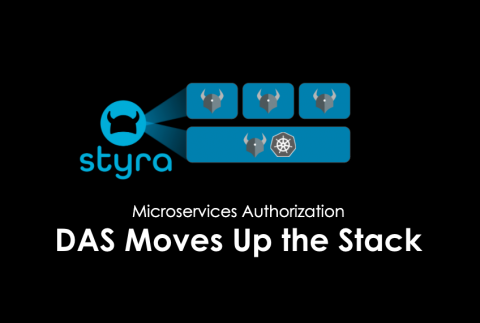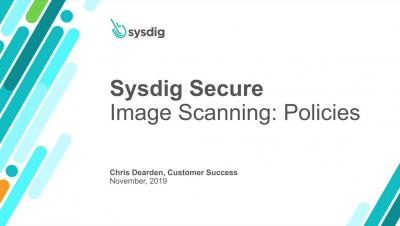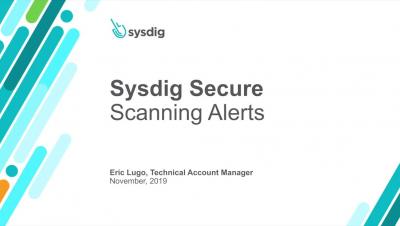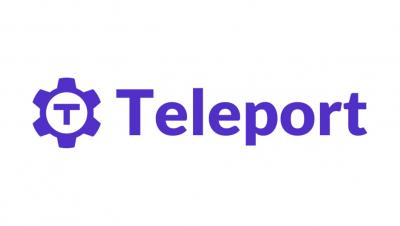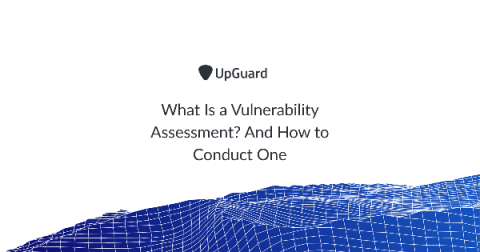Security | Threat Detection | Cyberattacks | DevSecOps | Compliance
%term
Microservices Authorization: Styra DAS Moves up the Stack
We’ve had an exciting past six months at Styra, from a Series A funding announcement to tremendous growth in the Open Policy Agent (OPA) community to new enhancements to our commercial product, Styra’s Declarative Authorization Service (DAS). All of this great momentum maps to our overarching vision of unifying authorization and policy for the cloud-native environment.
Datadog Security Monitoring Overview
Gravitational Teleport: Zero Trust Access that does not get in the way.
A Discussion on CMMC Compliance
Spam In the Browser
How We Built SELinux Support for Kubernetes in Gravity 7.0
As one of the engineers on the Gravity team here at Gravitational, I was tasked with adding SELinux support to Gravity 7.0, released back in March. The result of this work is a base Kubernetes cluster policy that confines the services (both Gravity-specific and Kubernetes) and user workloads. In this post, I will explain how I built it, which issues I ran into, and some useful tips I’d like to share. Specifically, we will look at the use of attributes for the common aspects of the policy.
What Is a Vulnerability Assessment? And How to Conduct One
Vulnerability assessment is the process of identifying, classifying, and prioritizing security vulnerabilities in IT infrastructure. A comprehensive vulnerability assessment evaluates whether an IT system is exposed to known vulnerabilities, assigns severity levels to identified vulnerabilities, and recommends remediation or mitigation steps where required.



